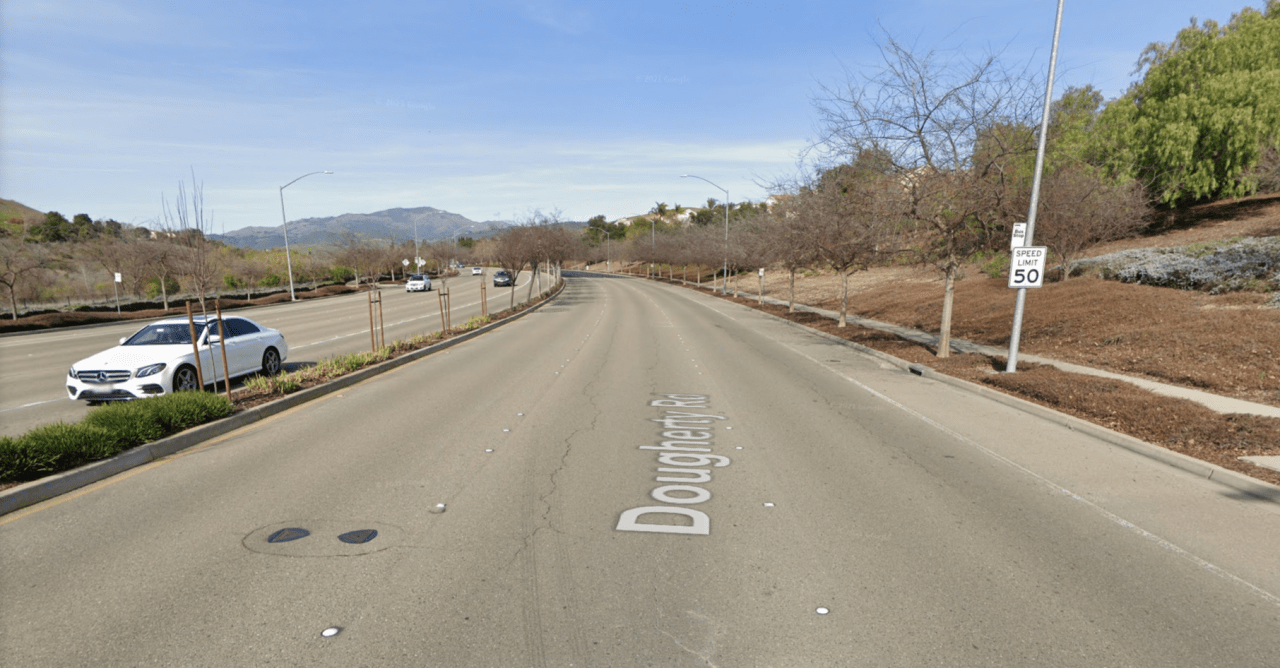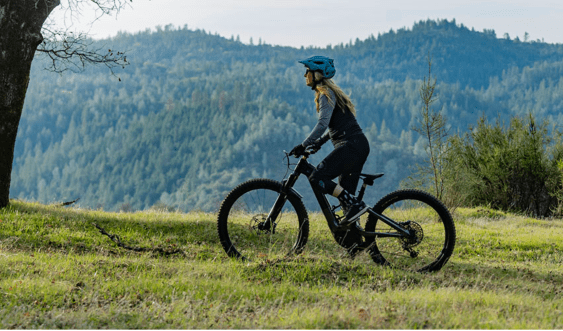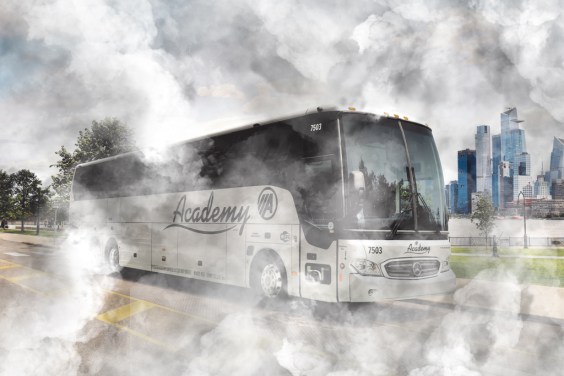The death of beloved New York Jets assistant coach Greg Knapp following a collision with a driver has sparked an outpouring among football fans, and outrage among street safety advocates who are sick of seeing cycling fatalities unilaterally referred to as "accidents."
A celebrated passing-game specialist and father of three, Knapp, 58, was cycling northbound in an unprotected bike lane near his off-season home in San Ramon, Calif., when a driver traveling in the same direction reportedly "swerved" into him, a representative told Fox Sports Radio. Local police confirmed to Streetsblog that the driver, an unnamed 22-year-old man, was behind the wheel of a Lexus RX330 SUV — the kind of vehicle that's long been acknowledged by experts as a major factor in America's escalating pedestrian death crisis — and that he struck Knapp from the rear.
Knapp died of his injuries five days later.
Described as an "avid" cyclist by NBC News — an adjective frequently applied to dead bike riders by journalists, but almost never to motorists, despite advocates' objections that the term implies that cycling is a hobby rather than a transportation mode deserving of protection — Knapp was remembered by national media as a "quarterback whisperer " to NFL greats such as Peyton Manning, as well as a beloved husband and friend.
But many reports also referred to the crash that claimed his life as a "bicycling accident," or simply a collision with an (presumably sentient) car rather than a driver operating a motor vehicle, effectively absolving both the person who struck him and the designers of the 50-mile-per-hour road that failed to provide even the most basic separation between cyclists and high-speed vehicle traffic.
A "bicycle accident" is when you hit a patch of ice or a pothole and fall off your bike, at worst breaking a bone. When a driver hits you and leaves you critically injured that's not a "bicycle accident." https://t.co/pFAhVIJFue
— The War on Cars (@TheWarOnCars) July 20, 2021
The Associated Press has cautioned journalists not to refer to crashes as "accidents" when driver negligence is a possible factor since 2016 — and advocates urge journalists to avoid the term completely, especially when deadly road design played a role.
The street where Knapp was killed, Dougherty Road just north of Monarch Drive, is a six-lane arterial with a 50 mile-per-hour speed limit, no protected cycling infrastructure, and infrequent crosswalks for pedestrians. The nearest intersection is within a few meters of a bus stop and roughly 500 meters way from an elementary school and a public park, as well as several large residential areas. A pedestrian was killed along a similarly designed section of the same road in 2016.

Sam Ramon Police have confirmed to local journalists that the driver who killed Knapp had consumed neither drugs nor alcohol prior to the crash. Law enforcement has so far refused to release the police report detailing the speed at which he was traveling, or any other relevant details about the deadly collision — a move that local advocates say is typical in cases in which a driver is unlikely to be charged.
That handling of the crash was eerily reminiscent of an infamous January collision involving another sports celebrity, NBA center Shawn Bradley. Bradley was also cycling on a road with no protected bike lane in broad daylight near his home when the driver of a mini-van misjudged the passing distance necessary to protect the 7-foot-6 athlete, clipping his handlebars and sending Bradley airborne. As in Knapp's case, local police have not announced any charges against the driver; the Space Jam star survived, but was left paralyzed from the waist down.
Advocates also noticed similarities between the way that national media reported on both collisions, which California-based advocate John Lloyd said "reflect[s] the normalization of car culture in sports media, despite its pretense of promoting physical activity."
You would think sports media would have some affinity for active, healthy modes of mobility, but it’s important to understand the way sponsorship and ad dollars shape the sports media landscape.
— John Lloyd (@boyonabike62) July 23, 2021
Their reporting of Knapp’s death, and of Shawn Bradley’s injuries last year, reflect the normalization of car culture in sports media, despite its pretense of promoting physical activity. Sports media needs to reckon with the contradiction in its embrace of the auto/oil complex.
— John Lloyd (@boyonabike62) July 23, 2021
This is a story and will be updated should further details become available.






